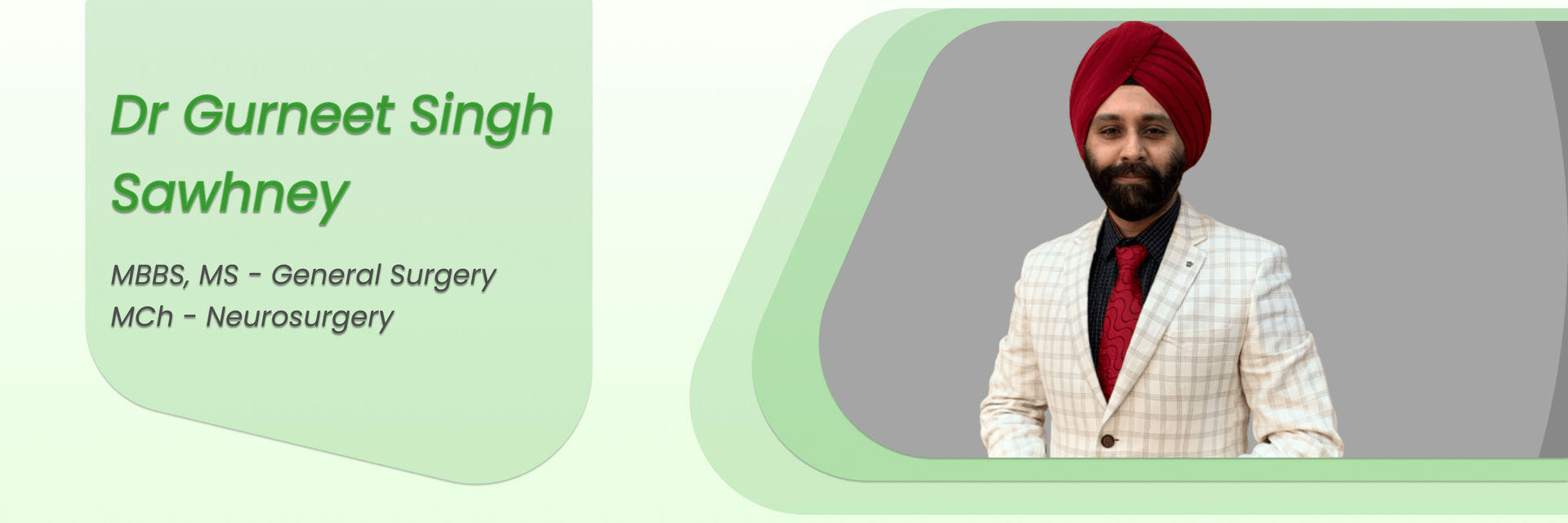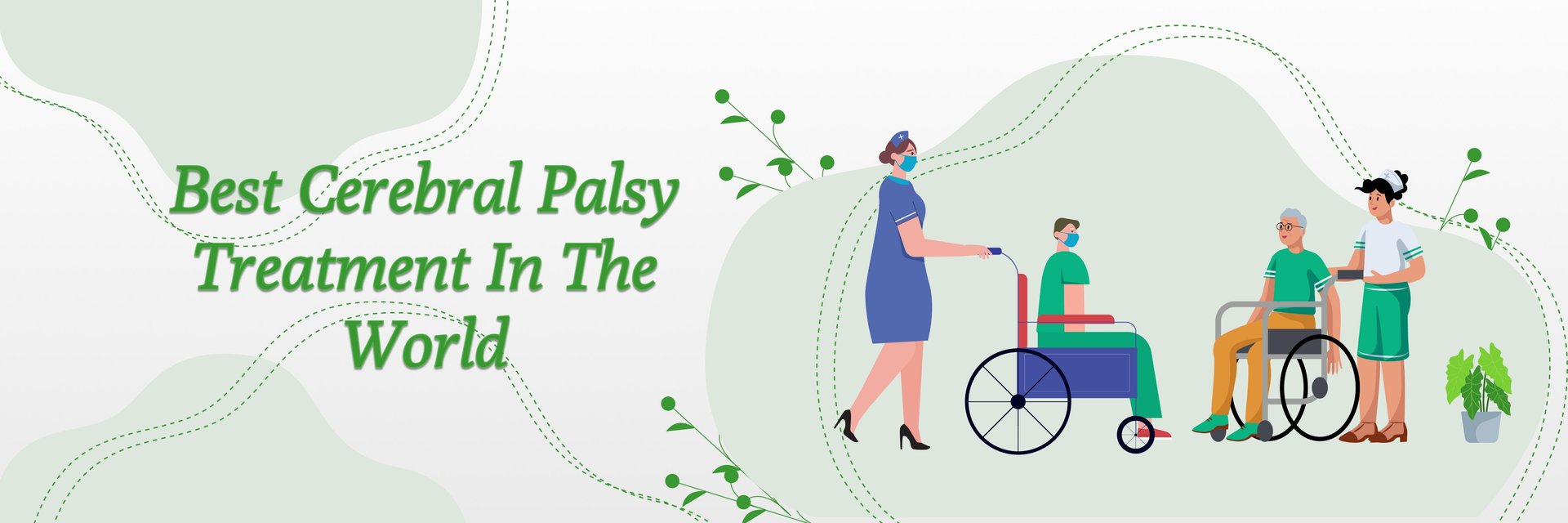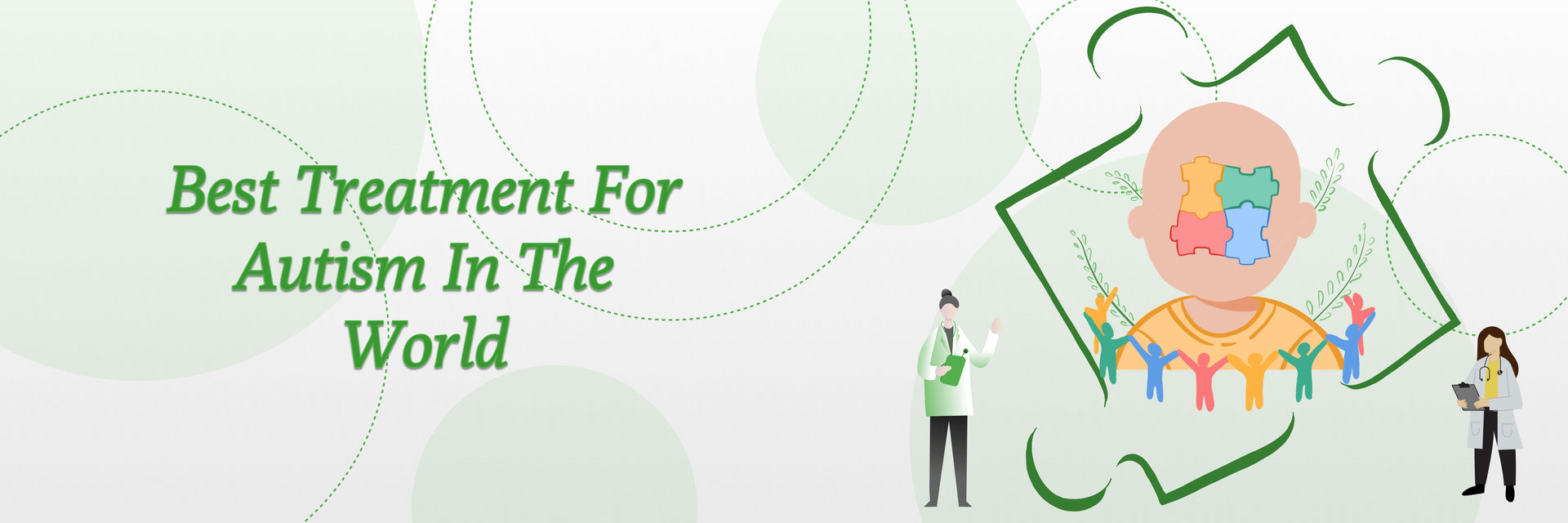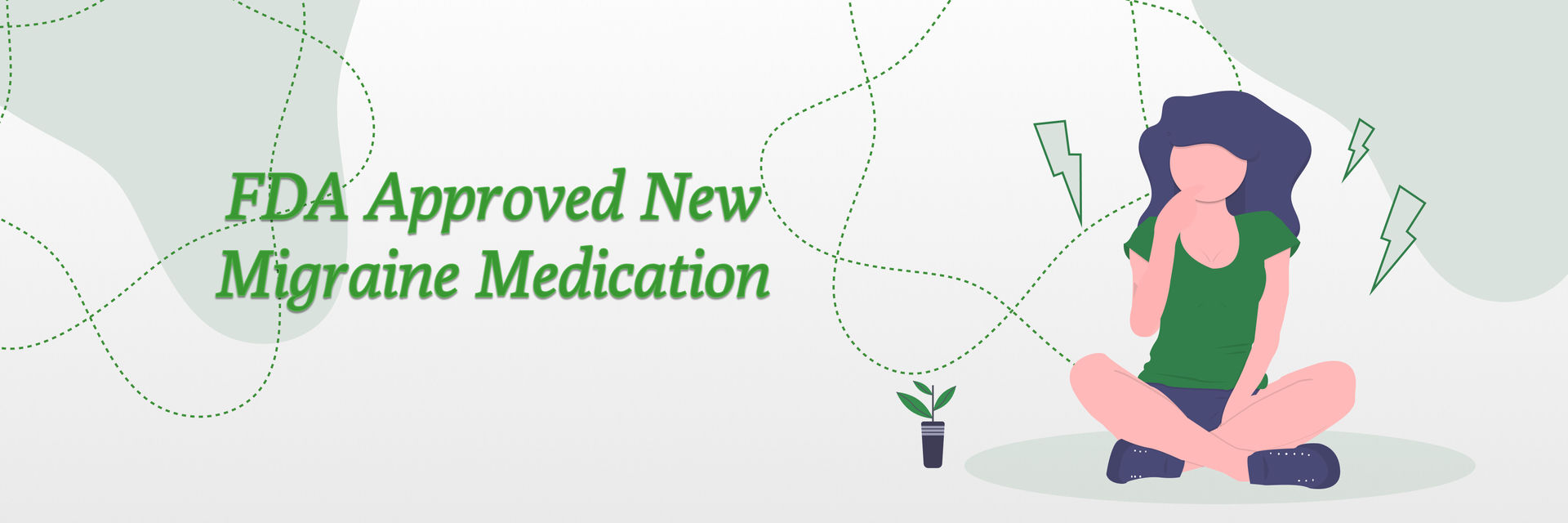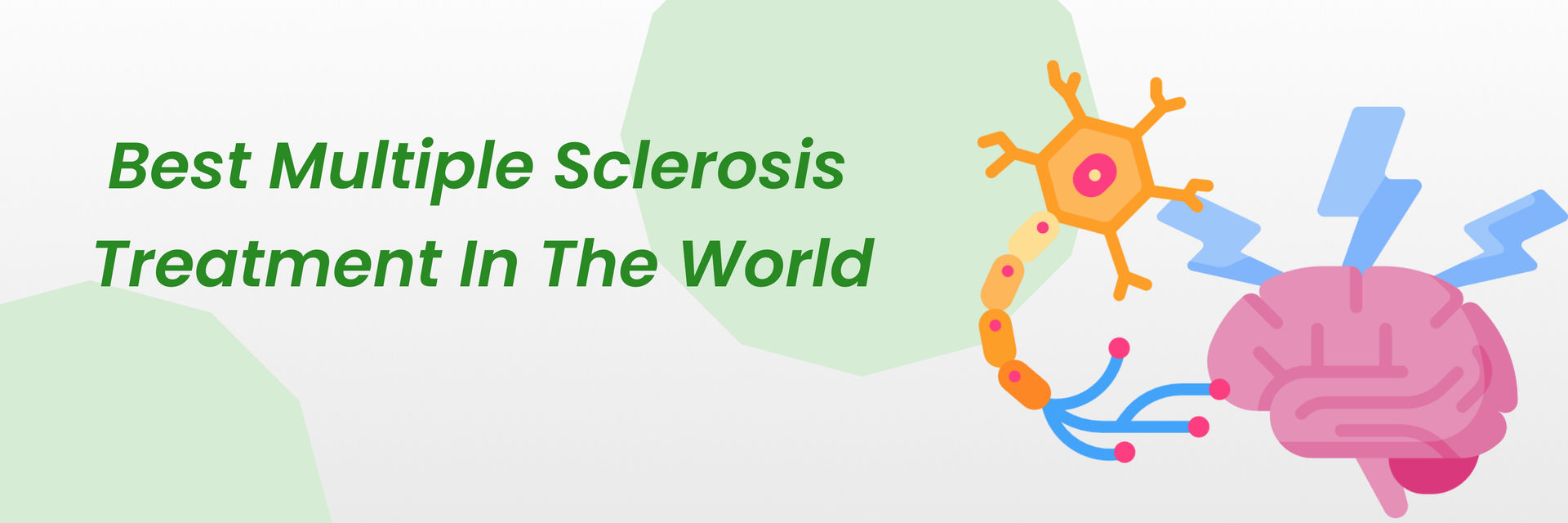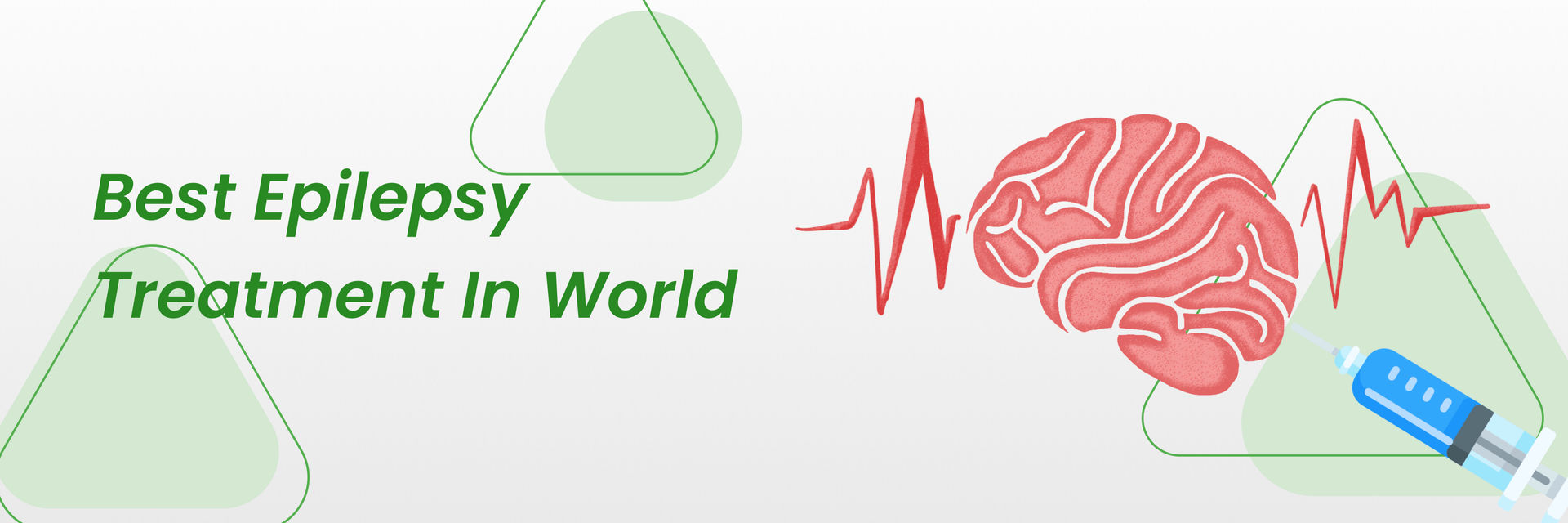Overview
Glioma or Glioblastoma is cancer that affects the brain and the spinal cord. This is one of the most common primary brain cancer.
The standard treatments available for glioblastoma include:

Depending upon the type and size of the tumor, its location, and the age of the patient, the most suitable kind of treatment is chosen.
As per various research studies, glioblastoma is considered the most common tumor, having an occurrence of 38% among adults. Also, glioblastoma was more common among males (66.6%). The aggressive nature of GBM makes it highly life-threatening. Chemotherapy, radiation therapy, and surgery affect the patient’s health afterward.
Hence, research was continuously conducted on developing a new drug for glioblastoma.
Finally, the FDA approved glioblastoma's latest treatment, Dabrafenib after many trials.

On 22nd June 2022, the FDA- approved two drugs, Dabrafenib and Trametinib, to be taken in combination with each other. These drugs fall under the category of targeted therapy that attacks the cancerous cells that have undergone the BRAF mutation. The drugs stop the mutated cells from sending growth signals to other cells.
Let’s look at the specifications of this drug a little more closely.
More details of the new treatment for Glioblastoma

The new cure for glioblastoma approved by the FDA includes two targeted drugs: Dabrafenib and Trametinib. These drugs are used in combination to inhibit the growth of cancerous cells. When taken in combination, they stop the BRAF gene from producing a particular protein. When the production of this protein is blocked, the cancer cells cannot grow further. This is the first time the FDA has approved targeted therapy for glioma patients.
These targeted therapy drugs are proven to shrink the tumor in more patients. It also prevents tumors three times longer as compared to chemotherapies.
These drugs are for both high-grade and low-grade glioma patients.
But, an important thing to note is that this is not for all low-grade glioma patients. These drugs are designed specifically for those whose cells have a BRAFV600 mutation.
How effective is Dabrafenib for low-grade Glioma?
More than 100 children with low-grade glioma were involved in the testing study. All of them were between the ages of 1-17 years old.
The children participating in the study were randomly given either Dabrafenib and Trametinib or the chemotherapy drugs carboplatin and vincristine.
After the survey, it was found that the tumor shrank in 47% of patients who underwent the new glioblastoma treatment. While on chemotherapy, the tumor shrank in only 11% of the patients. Also, researchers observed that the preventive action of Dabrafenib was three times more than the chemotherapy drugs, that is, 20 months compared to 7 months.
Glioblastoma's new treatment can reduce the long-term effects of treatment. Also, only a very small number of patients, i.e., 47% of patients, face serious side effects from Dabrafenib compared to 94% in chemotherapy. Hence, based on the study, it is a better option to choose rather than Chemotherapy.
Like any other drugs this new medication also some adverse effects. Scroll down to read more about it!
Are there any side effects associated with the latest treatment for Glioblastoma?
Although these drugs have proven effective in treating glioblastoma, this new treatment also has some common side effects. If you are on medication, watch out for these symptoms, as you may need to visit a doctor if you face any of these issues.
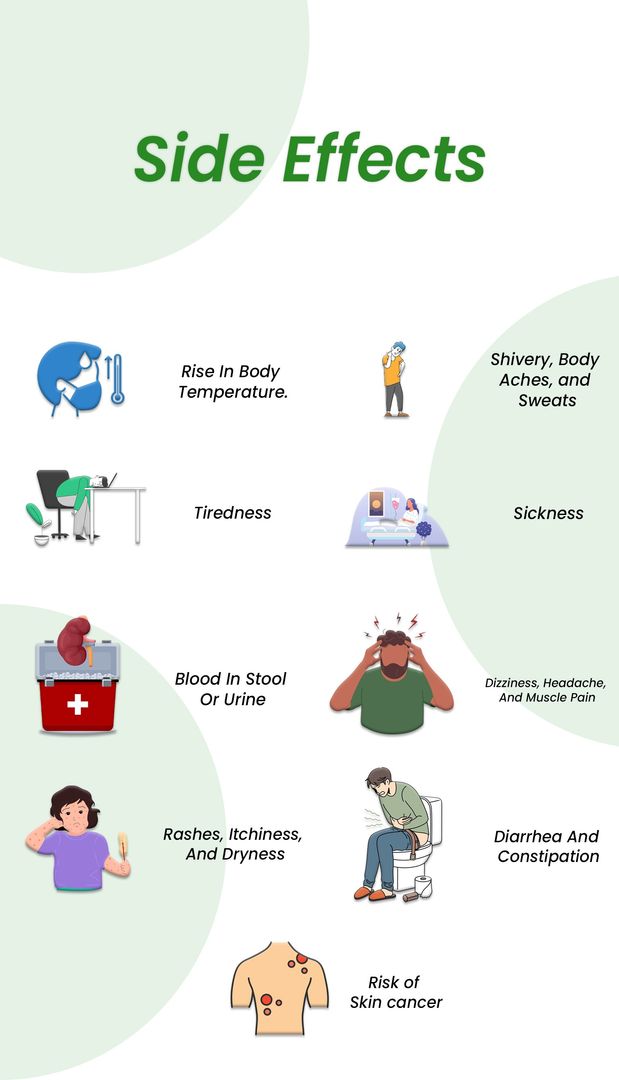
- The new drugs for Glioblastoma may cause your body temperature to rise. You may feel shivery, feel aches, and have sweats.
- Another common side effect of Dabrafenib is tiredness. You tend to feel more sleepy while your medications are going on.
- Sickness is a common side effect, but it is easily controllable.
- Bleeding in your stool or urine is a common side effect in those taking Dabrafenib.
- Diarrhea and constipation are experienced as side effects of Dabrafenib.
- Dizziness, headache, and muscle pain are caused as a result of taking Dabrafenib.
- The effect of Dabrafenib can alter your blood pressure.
- Rashes, itchiness, and dryness of the skin is another one among the common side effects of Dabrafenib.
- There is always a risk of skin cancer due to these medications. But your doctor will start these medications only after checking your skin correctly.
References:
https://www.cancer.gov/about-cancer/treatment/drugs/brain
https://clinicaltrials.ucsf.edu/trial/NCT03919071
https://blog.dana-farber.org/insight/2022/06/fda-approves-new-treatment-option-for-glioma-%EF%BF%BC/

